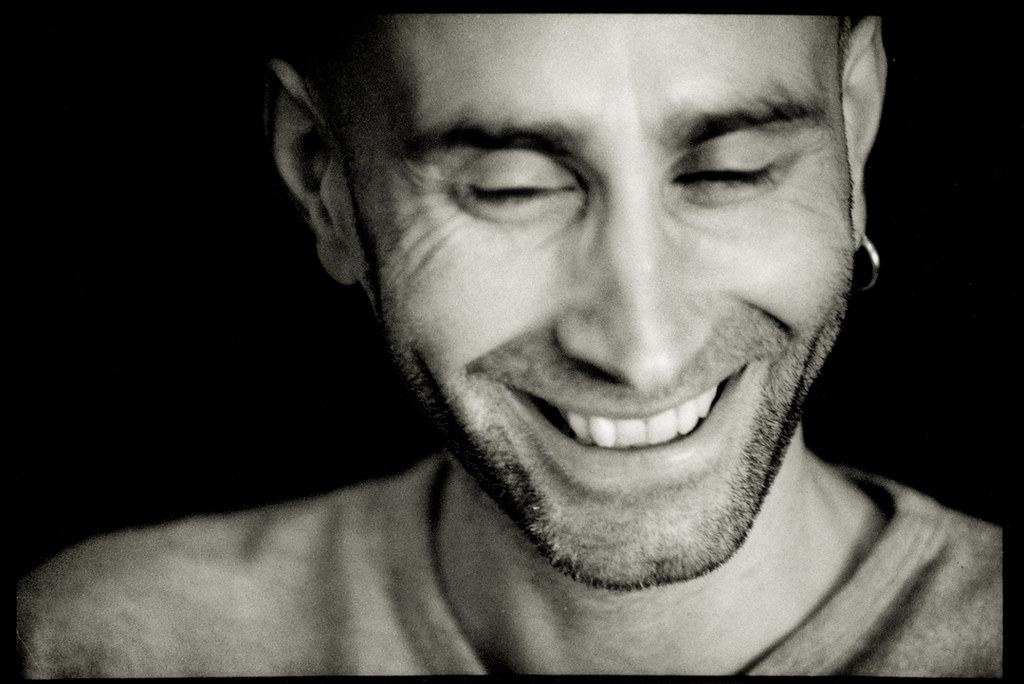
To put it briefly, in the book you’ll find everything you need to make sense of snuff as a media and cultural phenomenon: from pornography to marketing, from underground cinema to Charles Manson, including found footage and contemporary horror. It consider the international reception of Ruggero Deodato’s film, spanning three decades, as this title is a cult when it comes to extreme cinema, always mentioned along the Findlays’ seminal Snuff, and Faces of Death. My humble effort, conceived three years ago at SMRC in a joint effort with Xavier Mendik, is a chapter titled “From Snuff to the South: The Global Reception of Cannibal Holocaust“. Fresh out of print from Bloomsbury and co-edited by Neil Jackson, Shaun Kimber, Johnny Walker, and Thomas Joseph Watson, it is a sort of “academic companion” to the classic Killing for Culture by David Kerekes and David Slater, who penned the foreword here. Some of those colleagues are now under the same “academic roof” as part of a book that tries to make some order on this theme: Snuff. Here I realised that this topic was at the core of many scholars’ research areas, whether they were studying media, popular culture or cultural studies.

in Film Studies I spent some months at Brunel University’s Screen Media Research Centre (SMRC). In Italy just a few researchers wrote about it, but during my Ph.D. My research interest was not considered weird at all in Her Majesty’s land though. So, for a while, some British colleagues I was working with jokingly nicknamed me “Mr. It was just a matter of time before I delved into the urban legend of the snuff movie.

After Al-Qaeda’s propaganda videos, but before ISIS’, I was researching the space occupied by death within cinema and digital media.


 0 kommentar(er)
0 kommentar(er)
